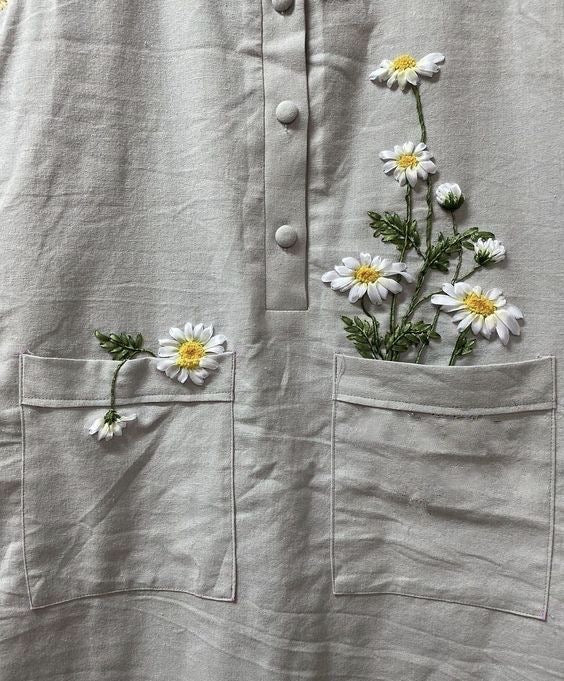
It should come as no surprise that many of the things we use on a daily basis, from food to cleaning supplies, may contain potentially harmful substances. This begs the question, "Is my clothing harmful as well?" According to studies, it is!
Hundreds of thousands of chemicals, such as flame retardants, stain resistant coatings, dyes, and everything in between, can have negative impacts on human health and the environment.
According to the Danish EPA, producing the ideal fabric requires between 10% and 100% of the fabric's weight in chemicals (natural materials included). According to research, a cotton textile might contain up to 20% synthetic chemicals by weight.
Although the actual quantity of chemicals used in the textile industry is unknown, one thing is certain: the textile sector is a significant user of harmful chemicals and a significant contributor to the worldwide freshwater pollution disaster.
The fashion business yearns for some type of process regulator. Clothing production is a complicated and varied process with several opportunities for error. According to the Swedish Chemical Agency, the textile industry lacks a full grasp of the dangerous substances that may be present in their products. Meaning businesses may be unaware whether their products include dangerous chemicals, which is possibly the most concerning conclusion to reach.

Impact on workers and consumers:
Workers and customers are exposed to chemicals such as formaldehyde and extremely hazardous carcinogenic flame retardants such as organophosphorus and organobromine compounds, as well as antimicrobial agents, in the textile industry.
Long-term exposure to these chemicals, according to the Centers for Disease Control and Prevention, can cause memory loss, loss of appetite, disorientation, depression, nausea and vomiting, personality changes, skin, lung, and eye irritation, and an increased risk of cancer (CDC).
Working in the textile industry has been linked to oesophageal cancer, stomach cancer, colorectal cancer, thyroid cancer, testicular cancer, and nose cancer, according to studies.
Dyes are a major source of harmful chemical exposure. Azo dyes make up more than two-thirds of all synthetic dyes, many of which are "carcinogenic and mutagenic" and can trigger allergic reactions.
According to the CDC, Greenpeace's analysis discovered harmful substances in water sources in a variety of places throughout the world where textile industries were situated (China, Bangladesh, Tanzania). These included PFOA (a bioaccumulative toxic chemical), chlorinated anilines (used in colors and suspected carcinogens), nitrobenzene (carcinogenic), and numerous more dangerous substances.
Because of the large number of garment manufacturers in the surrounding areas, some rivers are deemed biologically dead, while others have essentially been transformed into bleach with a pH of 12. (that of bleach). These consequences are particularly severe in textile manufacturing areas, posing a significant hazard to textile workers and their communities.
The impact, however, does not stop there.
Because we all wear clothes, each and every one of us is affected! Our skin is our largest organ, and it is not just skincare products that are absorbed into it, but also textile pollutants that might be deposited in it.
According to a new study, indoor textiles (including bedding, carpets, and apparel) represent a far greater source of PFAS exposure than previously considered. These compounds have been associated to a variety of health issues, including birth abnormalities, hormonal changes, liver and thyroid illness, and cancer.

What are our options?
It might be difficult to know who to trust in this whirlpool of companies, websites, collections, and everything in between.
It is advisable to favor natural fibers, which aren't entirely safe but are a start.
Another suggestion is to wash your clothes before wearing them! Because sweating opens the pores and allows the body to absorb more chemicals, consumers are especially vulnerable to rashes from harsh chemicals used in sporting apparel, underwear, and socks.
Buying vintage is, in many respects, the smartest method to tackle the problem of fashion waste—the most sustainable garment is one that did not need to be made in the first place. Furthermore, most historical clothing are significantly less toxic than modern garments—chemicals were not commonly employed in textile manufacturing until the last fifty years or so. However, germs and bacteria (including mold) can collect on old garments, so buy well-preserved vintage and, like anything else, clean it before wear.



